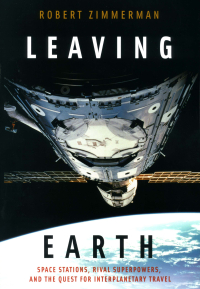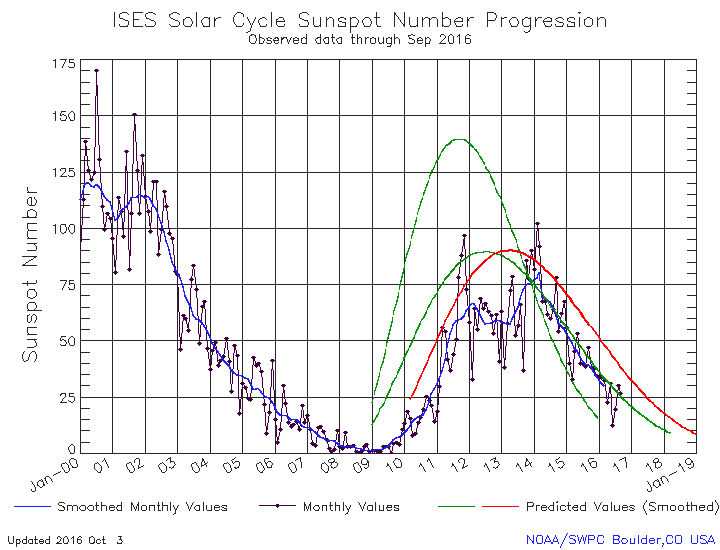Cosmic rays a threat to Mars travel
The uncertainty of science: New research using rats has found that cosmic rays might damage human brains during a long mission to and from Mars.
Radiation oncologist Charles Limoli and his colleagues at the University of California Irvine bombarded mice and rats with low-doses of ionized oxygen or titanium. These charged particles have similar energies to those of cosmic rays that can pass right through the shielding on spacecraft. The dosage levels that the researchers used were similar to what astronauts would be exposed to during a three-year round-trip mission to Mars, Limoli says.
The researchers looked at the prefrontal cortex, the brain region linked to decision-making, executive function, and long-term memory. They saw significant damage and inflammation in the brains of exposed animals as long as six months after the exposure. The radiation damaged the tiny branches on neurons that help transmit electric signals to the nerve cell body. This led to a loss in learning and memory. The exposed animals performed poorly on behavioral tests that measure intelligence, and they showed higher, constant anxiety levels.
Though the uncertainties here are enormous, the research here has essentially discovered the obvious. The radiation experienced during a long interplanetary voyage is unhealthy, and any interplanetary vessel for carrying humans on such a voyage must be designed with sufficient shielding to protect its passengers. That this research has proven that cosmic rays are a threat also means that providing a ship with a safe room where passengers can take refuge during solar storms is not sufficient. Cosmic rays are random and come at all times in an unpredictable manner. The research suggests that the shielding will have to protect the ship’s entire living quarters.
The payload weight requirements for any rocket that will launch the first interplanetary ships just went up significantly. This means that space stations we have been building (Mir, ISS, and Tiangong) are not even close to sufficient for interplanetary travel, and need significant redesign to make them work. This also means that human interplanetary travel will require cost-efficient heavy lift rockets such as the Falcon Heavy.
The uncertainty of science: New research using rats has found that cosmic rays might damage human brains during a long mission to and from Mars.
Radiation oncologist Charles Limoli and his colleagues at the University of California Irvine bombarded mice and rats with low-doses of ionized oxygen or titanium. These charged particles have similar energies to those of cosmic rays that can pass right through the shielding on spacecraft. The dosage levels that the researchers used were similar to what astronauts would be exposed to during a three-year round-trip mission to Mars, Limoli says.
The researchers looked at the prefrontal cortex, the brain region linked to decision-making, executive function, and long-term memory. They saw significant damage and inflammation in the brains of exposed animals as long as six months after the exposure. The radiation damaged the tiny branches on neurons that help transmit electric signals to the nerve cell body. This led to a loss in learning and memory. The exposed animals performed poorly on behavioral tests that measure intelligence, and they showed higher, constant anxiety levels.
Though the uncertainties here are enormous, the research here has essentially discovered the obvious. The radiation experienced during a long interplanetary voyage is unhealthy, and any interplanetary vessel for carrying humans on such a voyage must be designed with sufficient shielding to protect its passengers. That this research has proven that cosmic rays are a threat also means that providing a ship with a safe room where passengers can take refuge during solar storms is not sufficient. Cosmic rays are random and come at all times in an unpredictable manner. The research suggests that the shielding will have to protect the ship’s entire living quarters.
The payload weight requirements for any rocket that will launch the first interplanetary ships just went up significantly. This means that space stations we have been building (Mir, ISS, and Tiangong) are not even close to sufficient for interplanetary travel, and need significant redesign to make them work. This also means that human interplanetary travel will require cost-efficient heavy lift rockets such as the Falcon Heavy.





